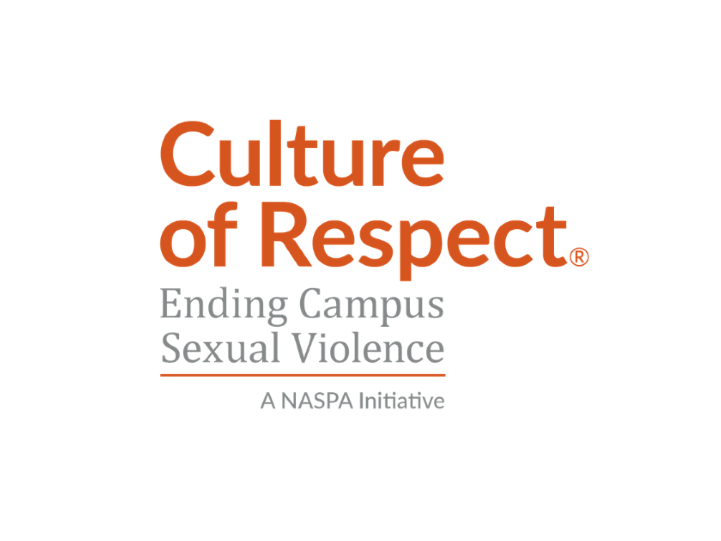
Off-Campus Assault Still a Campus Problem
Health, Safety, and Well-being Campus Safety and Violence Prevention Health, Safety, and Well-being Initiatives Sexual and Relationship Violence Prevention, Education, and Response Wellness and Health Promotion AVP or "Number Two" Mid-Level Senior Level VP for Student Affairs
January 28, 2021
In the last six months it has become painfully clear that the COVID-19 pandemic has created the conditions for other kinds of social and emotional contagion. Behavioral norms are also contagious, and these are epidemics all their own—addiction, mental illness, domestic violence.
Before the COVID-19 pandemic disrupted on-campus life, higher education was making important progress toward managing its own longtime epidemic, sexual assault. Local and national efforts alike were shifting campuses toward cultures that would reduce sexual violence.
Now, however, as many campuses are working with hybrid models and closed residence halls, much of student life has shifted off-campus. In that setting, sexual violence will be much harder to guard against. As David Rosowsky and Kimberly Hallman note, “The current pandemic has exacerbated cultural dilemmas. How can college culture be both respected and made relevant when people are living and working off the campus?”
Colleges and universities must now take stronger stands to regain control of the incidence of sexual assault and related behaviors in the COVID-19 era. To be sure, exercising such oversight and control is much more difficult in an environment where trained personnel and student affairs professionals tend not to be present in person. However, recent national headings make it clear that—from off-campus parties that pose COVID risks to murders in campus-proximate neighborhoods that have no institutional links—universities are going to be held publicly accountable, prepared or not, fair or not.
Clearly, in these off-campus settings, it is far more difficult for institutions to support students. When an incident occurs on campus, there are systems to support survivors emotionally, physically, and academically. There are also policies and procedures to hold the perpetrating party responsible using the campus misconduct process, criminal justice system, or both. In neighboring communities, however, students whose behavior needs intervention may face harsher penalties, merited or not, while students who are victims may get less support and more unwanted attention.
What’s to be done? We suggest the following:
Let go of assumptions about what violence looks like. As a Title IX coordinator at a prominent women’s college notes: “In the age of virtual/distance learning, the pervasiveness of family violence is brought to light. Our campuses and community responses are often focused on intimate partner violence, but the pandemic has shown us we need to bolster our supports and interventions for our financially dependent adult students, who experience abuse by a parent, step-parent, or partner of their parent.”
Rethink the ways that students can seek help. Haley Baum, assistant dean of students at Stockton University, has seen technology reduce barriers to reaching students: “Students who are less comfortable with walking into an office and asking for help will send that email or log on to that Zoom meeting to ask about resources, whether that be wellness services or food assistance. This is a positive side effect of COVID-19 that will likely impact the way student affairs professionals approach future work.”
Embrace technology to connect with and engage the campus community. “We are reaching students in new ways,” says Laura R. Bryant, Deputy Title IX Coordinator for Prevention, Training, and Evaluation at the University of Tennessee, Knoxville. “[Our office] hosted a series of virtual lunch hours during summer 2020 to solicit input and share progress on updates to Title IX policies and procedures under the new rule. Following their approval, the Title IX coordinator shared updates and answered questions from attendees via a virtual Town Hall.”
Finally, make certain the community is caring for each other. “We must remember that campus culture is reflected in the way we treat each other, every day. It may seem simple, but when we ask people ‘How are you doing?’ and we don’t truly listen to their response, we may as well have not asked,” says Baum.“ But that one interaction, that one time that you do actively listen, may make all the difference. Undoubtedly, this looks different with a mask on or via a computer screen, but it does not make it any less valuable.”
Time will tell which interventions are most successful in helping higher education effect change in the current environment. We urge adoption of all of them. The thoughtful long-term approach, however, will not help this weekend’s victims of assault, and next weekend’s, and those the weekend after that. They do not have time for institutions to develop and test elaborate strategies, and every failure on this front is a life irreparably damaged.
Until campuses put in place new and more stringent measures to reduce sexual violence on and off campus, young people will remain at grave risk for reasons far beyond viral contagion. And while sexual assault may not be as deadly in many cases as COVID is in some, it can and does kill, and it can and does devastate whole communities. So it’s time right now for colleges and universities to think fast about how to create a campus culture that prevents sexual violence, even beyond the physical boundaries of campus. No matter where students are, respect must always come first.